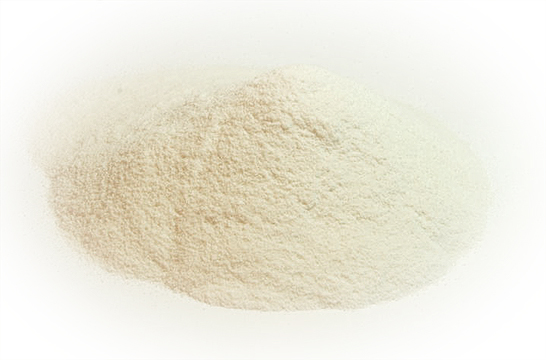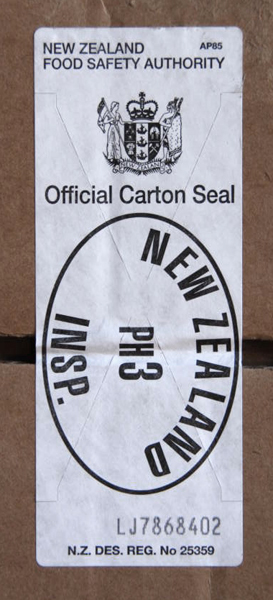 Cats eat prey whole, including the bones, and derive essential nutrients from ingesting the whole animal. The primary prey species for the type of cat that is our domesticated cat are small mammals like rodents, and the bones of these animals provide the cat with a source of essential Calcium.
Cats eat prey whole, including the bones, and derive essential nutrients from ingesting the whole animal. The primary prey species for the type of cat that is our domesticated cat are small mammals like rodents, and the bones of these animals provide the cat with a source of essential Calcium.
When formulating a substitute to the natural diet of cats, there is no substitute for real bone. However, grinding fresh bone as part of the meat is extremely limiting, because the types of meats which make this possible in the home environment are restricted to poultry and rabbit, although other types of meat like beef, lamb, game, and pork offer not only variety, but also certain nutritional advantages. Grinding whole chickens or rabbits is not practical for many, and, in my experience, 4 out of 10 cats will not eat food prepared in this way due to its gritty texture.
Incorporating bone meal instead of fresh bone is a logical conclusion, but one which needs to be approached with some consideration. Bone meal is typically prepared as a rendered by-product of slaughtered cattle from the beef and dairy industry. The majority of it is rendered as a brown “meat and bone meal” and is utilized in the feed and pet food industry. Some is made available as plant fertilizer. Only a very small portion is in any way refined as edible white bone meal. Even then, edible bone meal is a cooked product, because the material requires sterilization. It is potentially burdened with an excess of heavy metals from environmental pollution and may be contaminated with the infectious prion which causes BSE (Bovine spongiform encephalopathy), commonly know as “Mad Cow Disease”, which can also affect people and possibly even cats.
 Bone is, however, the most natural and bio-available medium to deliver nutrients that will support the development and maintenance of healthy bones and supply minerals essential to some of the body’s most primary functions. We are fortunate that some regions of our world remain largely unaffected by certain pollutants and some countries were in time to raise bio security measures to keep their farming industry clear of certain diseases. New Zealand is one of them, and industries in New Zealand utilize the unique position of their geography to cater to the needs of consumers.
Bone is, however, the most natural and bio-available medium to deliver nutrients that will support the development and maintenance of healthy bones and supply minerals essential to some of the body’s most primary functions. We are fortunate that some regions of our world remain largely unaffected by certain pollutants and some countries were in time to raise bio security measures to keep their farming industry clear of certain diseases. New Zealand is one of them, and industries in New Zealand utilize the unique position of their geography to cater to the needs of consumers.
It is from New Zealand that I obtain a very special nutraceutical product developed and manufactured originally for people to help maintain healthy bones throughout life. This microcrystalline hydroxyapatite calcium is also known as Whole Bone Extract or Freeze-dried Beef Bone Powder. It is manufactured only from safe, natural raw material sources – 100% New Zealand free range, pasture fed and BSE free cattle. All animals have passed ante and post mortem veterinarian inspection at the time of processing. Conversion of the raw material occurs at the company’s purpose built and fully export licensed factory in New Zealand, and the freeze-dried bone extract is produced exclusively to the company’s proprietary process, which preserves the naturally occurring bioactives in the freeze-dried bone powder and ensures they are present in the correct physiological ratios. This makes it one of the most complete and effective bone health ingredients available today.
It attributes include:
- Small peptides found in the protein fraction of the freeze-dried bone powder play an important role in bone remodeling by stimulating osteoblast formation and activity.
- Contains a minimum of 24% calcium and 10% phosphorous in a microcrystalline structure for improved absorption and bioavailability.
- Minimum of 22% bone protein, including up to 20% type I collagen and growth factors to enhance absorption and promote bone formation.
- Contains a range of trace minerals as well as glycosaminoglycans found naturally in healthy bone matrix.
- Independent testing verifies low levels of lead, making this freeze-dried bone powder compliant with stringent Californian proposition 65 requirements.
- BSE and other prion diseases do not occur in New Zealand. A national surveillance program is in place to provide monitoring for prion diseases, also known as Transmissible spongiform encephalopathies (TSEs).
- Every batch is tested for heavy metals and total aerobic count, Escherichia coli, Clostridium perfringens, Staphylococcus aureus, and Salmonella.
Its primary functionality is as a dietary supplement providing calcium to help meet daily nutritional requirements and as a premium bone health nutraceutical ingredient with proven ability to improve bone mineral density and minimize bone loss.
Published scientific research on whole bone microcrystalline hydroxyapatite (MCHA) demonstrates that supplementing with whole bone MCHA was found to be more effective at improving loss of bone mineral density than the equivalent dose of calcium carbonate or calcium gluconate in several studies. (Ruegsegger 1995, Annefeld 1986, Epstein 1982) It is important to note that this research does not apply to bone meal products, or synthetic hydroxyapatites, where the protein is either totally absent, or largely destroyed by excessive heat or other harsh treatments!
The company’s own independent research includes an animal model of post menopausal bone loss. Using this model, daily supplementation with MCH-Cal over a six month period was shown to reduce loss of bone mineral density compared to control animals receiving a standard diet. Bone density measurements improved across lumbar spine and femur bone sites in ovariectomised rats. Improvements were seen at both 13 and 26 week assessments by DEXA scanning.
